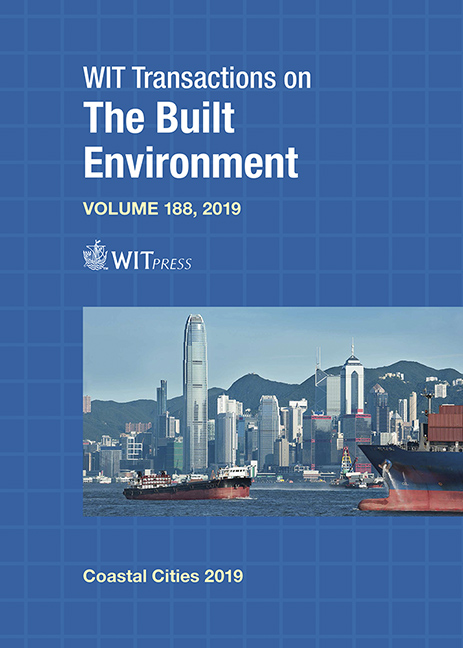RISK ASSESSMENT OF NEARSHORE HAZARD AND VULNERABILITY USING THE ENTROPY METHOD
Price
Free (open access)
Transaction
Volume
188
Pages
13
Page Range
47 - 59
Published
2019
Paper DOI
10.2495/CC190051
Copyright
WIT Press
Author(s)
LIEN-KWEI CHIEN, CHI-WEN HUANG, WEI-PO HUANG, CHENG-YU KU
Abstract
Taiwan is an island surrounded by sea: the area of land is small. Population increases have increased the demand for land development; however, development in the inland plain has reached saturation. In addition to the opening of coastal defense in recent years, the coastal zone, including shore land and nearshore areas, has become an indispensable space. Development has diversified the use of the coastal zone; however, there is high concern toward the marine areas in any future development of the national land space. This study adopted the operational definition of disaster risk presented by the United Nations Disaster Relief Organization (UNDRO) in 1979. Moreover, we used 200 x 200 m
Keywords
nearshore areas, risk assessment, entropy method, typhoon, geographic information system, risk mapping





